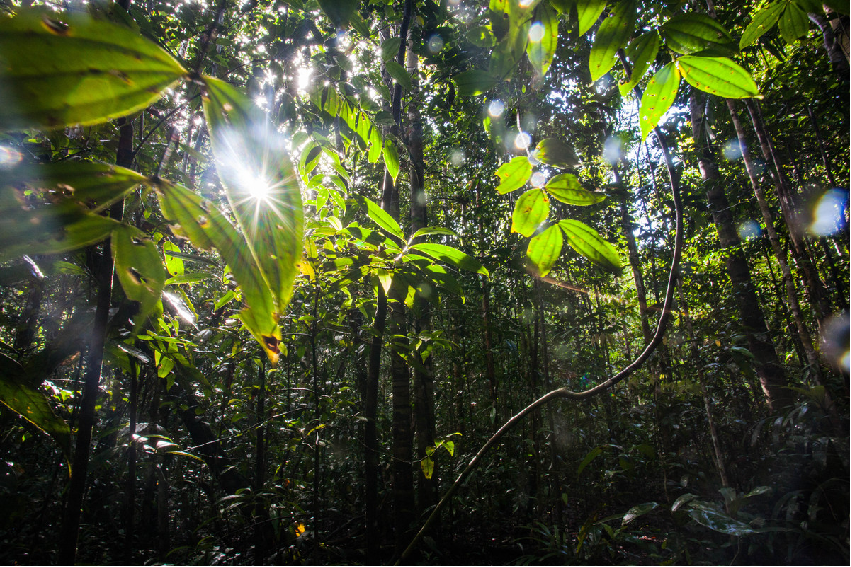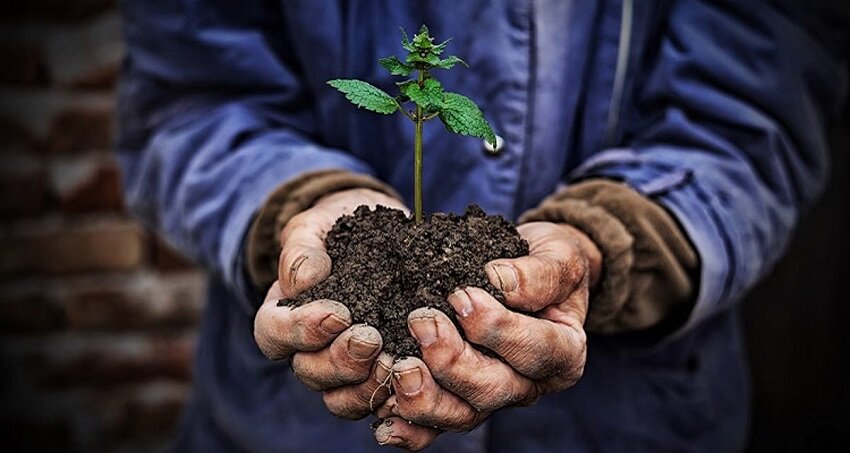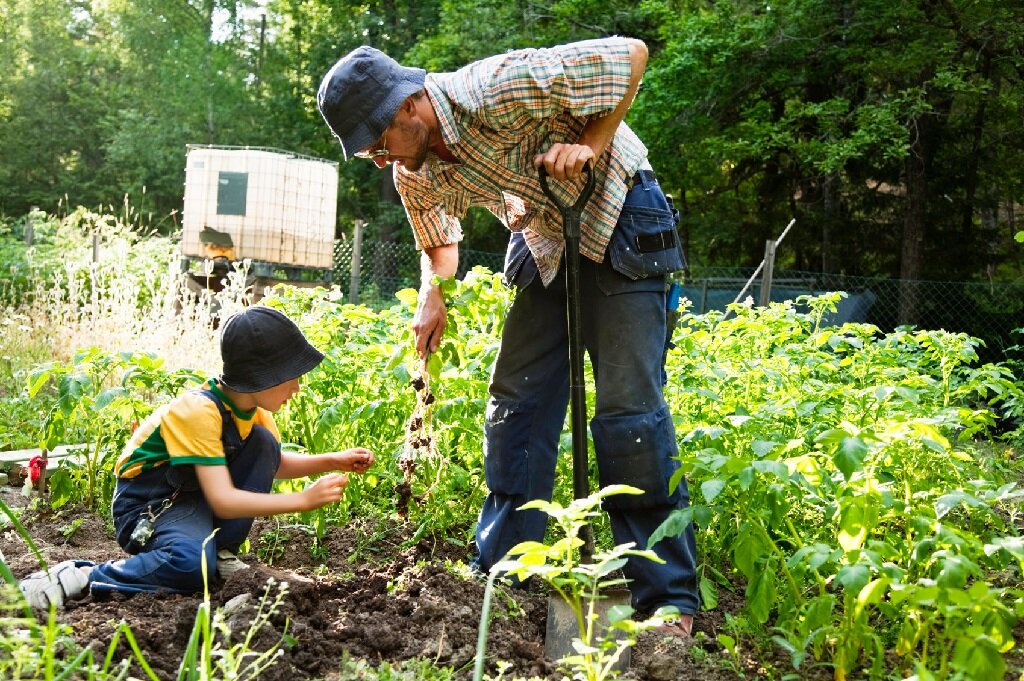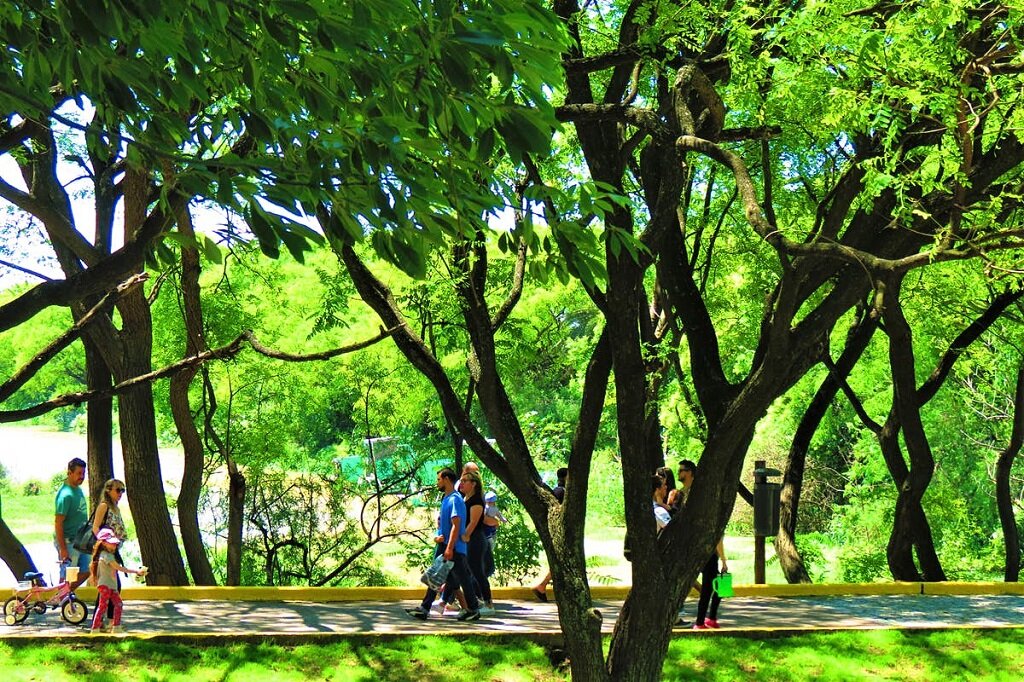The Center For Environmental Leadership In Business
Even the small things make a difference!
The Center for Environmental Leadership in Business provides a new forum for collaboration between the private sector and the environmental community. The Center promotes business practices that reduce industry’s ecological footprint, contribute to conservation, and create value for the companies that adopt them. The result is a net benefit for the global environment and for participating companies.


engaging industry in limiting the build-up of greenhouse gases in the atmosphere by reducing industry’s own emissions and by offsetting emissions through forest conservation, renewable energy and energy efficient projects.
The Center engages those industries that have the greatest impact on critical ecosystems and those with the greatest potential to promote positive change. These include agriculture, fisheries, forestry, energy, mining, travel and leisure, transportation, manufacturing, and financial services.
What is a bike trainer?
The bike trainer is a device that allows you to simulate riding on your bike. It can be used to improve the feel of your pedal stroke so that you will have a more relaxed and smoother ride. A bike trainer is a bicycle accessory that helps you to train for your cycling. The design of the bike trainer has not changed much over the years, but with new technologies, it has been made more advanced. Bike trainers are easy to use and help you build up your strength, improve your form, and gain endurance.
What is a bike trainer?
A bike trainer is a stationary bicycle that attaches to your wall or door and provides you with resistance as you pedal. Bike trainers come in two main types- indoor trainers and outdoor trainers. Indoor trainers use a fan to create resistance, while outdoor bikes rely on the weather for their resistance.
How do I use a bike trainer?
There are three basic steps to using a bike trainer: set up, ride, and reset.
1) Set up: Before you start riding, make sure that the bike trainer is set up properly. To do this, slide the seat back and forth to find a comfortable position, adjust the handlebars so they’re in your correct grip widths- fingers on top of the bars for indoor trainers or fists on the bottom for outdoor bikes- and plug in the pedals.
2) Ride: Once you’ve set up the bike trainer, it’s time to ride. To begin, pedal the bike at a slow pace for about 10 minutes to warm up. Once you’re ready, increase your speed and ride at a consistent level for 30-60 minutes per session.
3) Reset: After you’ve ridden, it’s time to reset the trainer. To do this, unplug the pedals and adjust the seat so that it’s in its original position- this will return the bike trainer to its pre-riding state.
Structure of a bike trainer
Below, you can discover the structure and components of a bike trainer:
Saddle
The saddle is the seat portion of the bike trainer and it’s where you sit while riding. It incorporates padding to provide comfort, as well as a mechanism that engages or disengages the fan in order to create resistance.
Pedals
The pedals are located at either end of the bike trainer and are used for pedaling. They connect to your pedal crank- which is located on your bicycle- through a spindle and cable system. This system allows you to vary the amount of resistance that you experience while riding.
Handlebars
The handlebars are located at either end of the bike trainer and are used for steering and controlling your speed. They also incorporate a grip shift function- which allows you to use one hand to change gears while the other remains on the bars- making it easier for beginner cyclists.
Flywheel
The flywheel is located at the center of the bike trainer and provides resistance as you ride. It’s usually made from metal but can also be made from plastic or other materials.
Fan
The fan is located above the flywheel and creates resistance as you pedal. It helps to keep your bike trainer stable while you’re riding and prevents it from becoming too hot to touch.
Seatpost
The Seatpost is located at the bottom of the saddle and helps to support your weight as you ride. It also incorporates a mechanism that allows it to tilt in order to provide a more comfortable seating position.
Stand
Indoor bike trainer stand is used to hold the bike trainer upright while you’re riding. It includes a stabilizer bar- which helps to keep it in place- and a foot pedal set- which allows you to adjust the height of the bike trainer.
Things to Consider Before Investing in a Bike Trainer
When you’re shopping for a bike trainer, there are a few things that you should consider before making your purchase.
Type of Training
When you’re deciding which type of bike trainer to buy, you need to decide whether you’re interested in training for endurance or strength-based activity.
Resistance Level
Some bike trainers offer different resistance levels- so that riders can select the level of difficulty that they prefer. This allows cyclists of all levels of expertise to enjoy the same training experience.
Price Point
When you’re shopping for a bike trainer, it’s important to consider your budget. There are a variety of different bike trainers on the market- all of which come with their own set of price tags.
Budget
When you’re shopping for a bike trainer, it’s important to consider your budget. There are a variety of different bike trainers on the market- all of which come with their own set of price tags.
Noise
Some bike trainers are noisier than others- so you may want to choose one that’s quieter if you’re worried about disturbing your neighbors.
Adjustable Resistance Levels
One of the features that make some bike trainers stand out is their ability to offer adjustable resistance levels. This allows riders to increase or decrease the intensity of their training as they see fit.
Types of Resistance Training Available with Bike Trainers
There are a number of different types of resistance training that can be performed using a bike trainer.
Core and Upper Body Workouts
Some bike trainers come with built-in core and upper body workouts. These exercises help to target your abdominal, chest, back, and shoulder muscles.
Cardio Training
Using a bike trainer can also help to improve your cardiovascular fitness by increasing the intensity and duration of your rides.
Conclusion
Bike trainers are a great investment if you have the money to spare. It is not always necessary to buy a new bike, so you can make some extra cash by selling your old one and buying a trainer instead. If you’re interested in getting into cycling, this could be an excellent way to get started without spending a lot of money.
How can we protect the environment? We leave you some tips
Caring for the environment is a task that has become a priority not only for public administrations but also for those of us who see how the planet earth has been undergoing drastic changes.
Environmental pollution: habits to help reduce and prevent it
Learn about the main causes and types of environmental pollution and learn how small changes in our daily lives can help prevent it, be it by consuming responsibly, separating waste, or choosing sustainable mobility.
7 measures to take care of the environment
The Earth is a rich planet and offers us its resources, it is our responsibility to preserve it. Humans are part of the “problem” of the planet: consumption, industry, and pollution are our work and have a great impact on the environment. We lack the precise and necessary information, and we are frequently not aware of what affects our daily activity, in ecological terms, in the deterioration of the planet.
Sustainable business ideas or ecofriendly
The venture is also full of solutions designed to improve the environment. The Tesla case and Musk’s efforts are relevant events in the area of sustainable business ideas. Helping restore the world is a big task that begins with a small attempt.
Benefits of environmental education in children
Environmental education for children must begin at school. The fate of the planet is in their hands and it is important that from an early age they learn to rationalize resources and do their bit in the fight against climate change. A better, more sustainable, and livable world is at stake in this difficult test.
10 green habits to help the environment in everyday life
We are all aware now of how important it is to protect the environment. Great actions remain in the hands of world governments, but we too can contribute with daily gestures to a greener world.
Learn about the benefits of living in a wooden house
Living in a house with a wooden structure is living in an ecological house where it uses bioclimatic designs and natural materials when building it. It respects the environment, at the same time, respects the health of the people who inhabit it.
How to take care of nature
Caring for the environment in which all living beings, including us, live, is essential to maintain the natural balance of planet Earth. Some cultures know it as Pachamama, others call it Gaia, and many refer to nature as Mother Earth, thus demonstrating the importance of caring for nature in our lives since from it we can obtain the resources we need to survive.
10 tips for traveling in an ecological way
Making your holidays greener is possible thanks to simple tricks: the travel consultants of CartOrange, the largest Italian Network of Travel Consultants, suggest them: “More and more customers are attentive to respecting the environment even when they travel – say the CartOrange travel consultants -. These are small daily gestures which, however, together can make a difference in protecting the environment.










